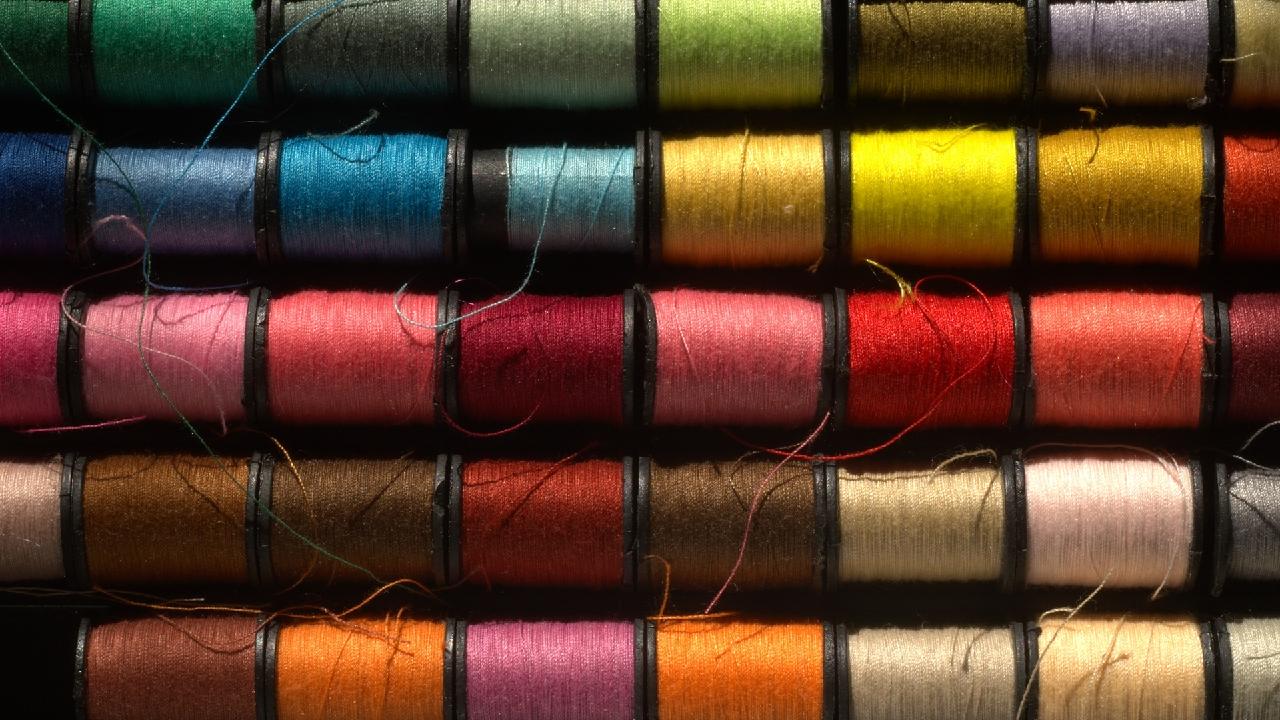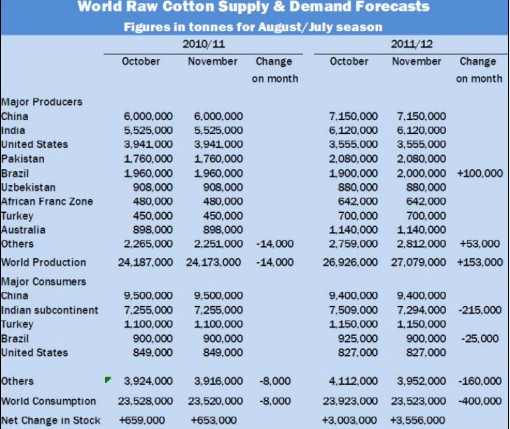|
The textile industry sector in many Asian countries plays an important role in their national industrial output and constitutes a notable share of their gross national products. For years, the textile industry in many parts of Asia has been associated mainly with the production of apparel and household textiles produced for regional and global markets. Comparatively low costs and high paybacks for production of these commodity goods have had a positive effect on business growth and strong export potential. The market share of technical textiles produced in the emerging economies of Asia on a global basis is still not significant, and the increasing domestic demand for many of these advanced textiles is currently met through imports. High economic growth and social advances in many Asian countries have resulted in better educational systems, greater use of information technology, significant improvements in infrastructure, increased leisure time, increased awareness of personal well-being and good health care programs. As a result, the market needs for technical textiles are growing considerably in these countries. For example, some governments have introduced diverse programs aimed at significant improvements in the country's infrastructure and the health care of the population. They are also introducing new measures to improve personal protection of employees working in factories, construction sites and security services. These measures are not surprisingly having a positive effect on the larger use of technical textiles in a growing number of government-run and private sectors. Increasing numbers of textile companies in Asia are fast learning the key characteristics of successful technical textiles businesses, such as understanding market needs and securing suitable raw materials and manufacturing technologies. These businesses are in the process of implementing strategies that are aimed at producing technical textiles domestically, and lessening their dependence on imports of all required products and technologies. In the technical textiles sector, strategic discussions on licensing, subcontracting, outsourcing and acquisition are taking place between many Asian companies and their counterparts in Europe and North America. Demand and supply China and India, the two major economies in Asia, have recently initiated programs designed to facilitate the growth of production and applications of technical textiles. Many of the challenges facing these two countries are similar as far as market needs and production strategies are concerned. For example, due to their size and population, as well as the significant socioeconomical progress achieved in recent years, both countries need strong improvement in infrastructure components. Major infrastructure projects such as roads, railways, hydroelectric dams and airports require large amounts of high-performance geotextiles and geosynthetics. China already produces a significant amount of these products. Regarding domestic demand for technical textiles in China, major identified markets of interest are construction, hygiene, medical, filtration and agriculture. China ranks second in the world (and first in Asia) in wind energy generation, which makes it an ideal market for textile composites used in making wind turbine blades. Many regions in China are prone to flood damage, and that has opened a large market in terms of flood control engineering. The government of India has recently launched a five-year national mission on technical textiles to boost the growth of the nonwovens and technical textiles sector. Four new centers of excellence to enhance R & D capabilities in India are planned in the area of nonwovens, composites, industrial textiles and textiles in sport. The Indian government had previously chosen geotextiles as a priority area also. Strategies are being drafted in India for strengthening marketing and boosting both domestic consumption and export opportunities for technical textiles. On wheels Automotive textiles represent the most valuable world market for technical textiles; these materials cover a broad range of applications, including upholstery and seating, floor covering and trunk liners, as well as safety belts, airbags, thermal and sound insulators, filters, hoses, tires and a variety of textile-reinforced flexible and hard composites. Health care The market for personal protective clothing and equipment in Asia is growing at a high rate, and will continue to do so due to the increasing participation of Asian countries in global legislation, regulations and international standards that govern the manufacture and use of such products. Nonwovens constitute an integral part of technical textiles. A significant increase in the use of nonwovens in protective and hospital clothing in different high-function applications is expected to continue in many Asian countries. Early stages of growth Due to factors such as ongoing strong socioeconomic growth and new strategies adapted by governments and business leaders in the textile industry, the future for technical textiles markets in Asian countries looks both exciting and highly promising. The huge size and strong growth potential of technical textiles markets in Asia offers great opportunities for companies in North America and Europe to be part of this industrial surge. Direct marketing of products, setting up owned production facilities and joint ventures with Asian counterparts are just a few of the opportunities now available to manufacturers seeking international markets. Specialty Fabrics Review |
|
Strong market potential in Asia
Updated: 2011-3-2 Source: Specialty Fabrics Review

Recommended News
Photo Gallery
Most Popular



